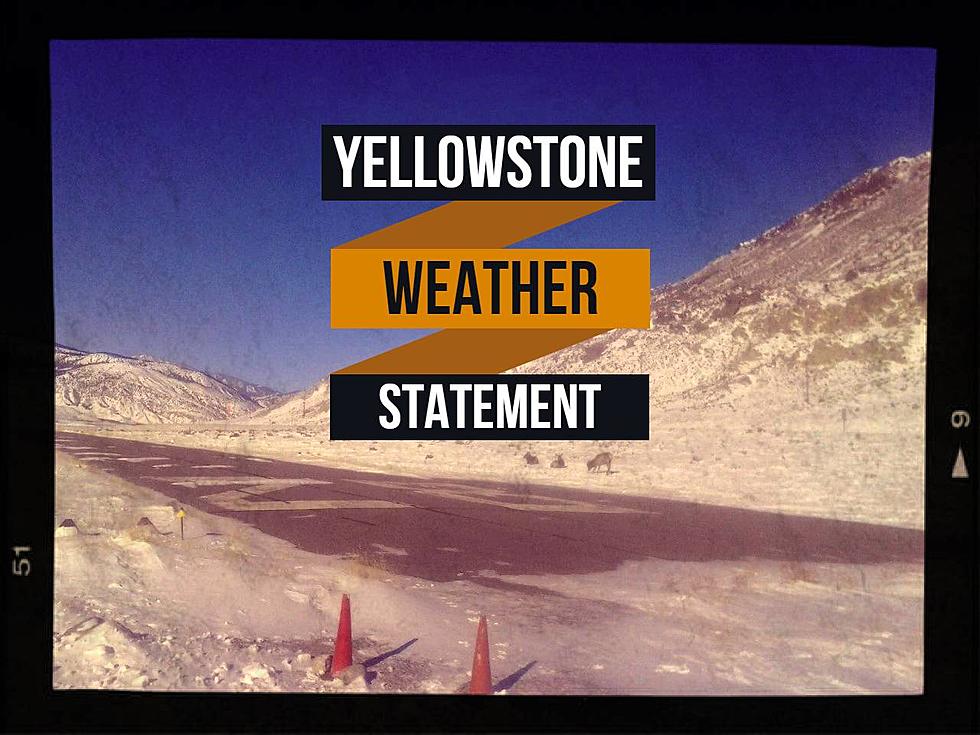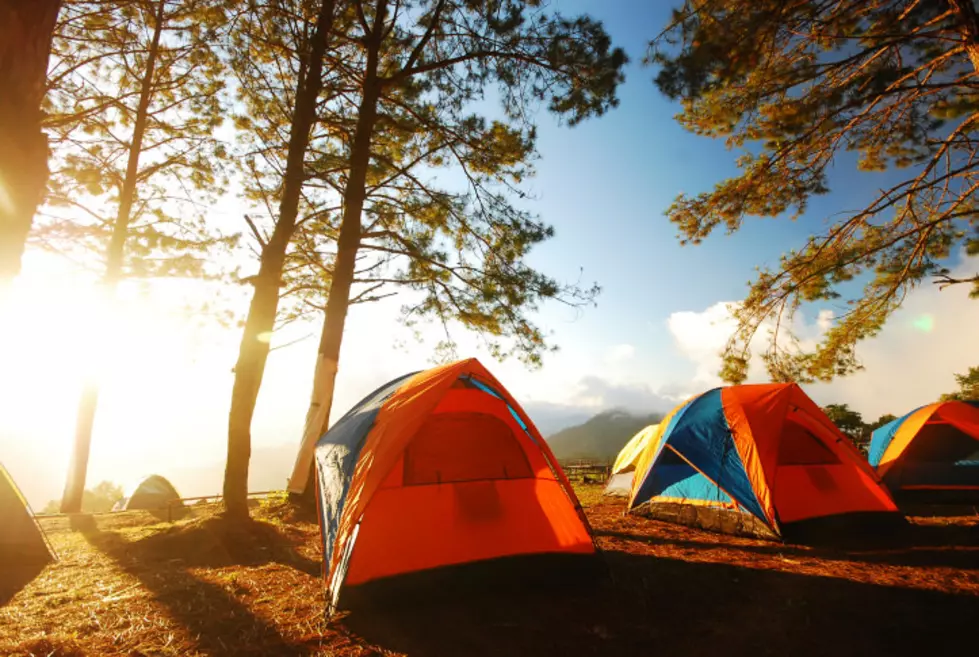
10 Important Things You Need to Know About Visiting Yellowstone
Planning a trip to Yellowstone National Park? If so, there are a few important things that you need to know about America's favorite National Park.
Grizzly Bear
All Entrances to YNP are officially open for the season, and if you want to make the most out of your trip to the park, you need to know what to expect once you get there. Within the park’s 2.2 million acres, visitors have unparalleled opportunities to observe wildlife in an intact ecosystem, explore geothermal areas that contain half the world’s active geysers, and view geologic wonders like the Grand Canyon of the Yellowstone River.

Get our free mobile app
If you do plan on visiting Yellowstone this summer, you need to follow the rules and respect wildlife and other visitors in the park.
Bison
10 Things You Need to Know About Visiting Yellowstone National Park
- No Vehicle Reservations Required - Vehicle reservations are not required to enter the park – just a park entrance pass. Save time at entrance stations by purchasing your pass online before you arrive. Keep in mind that summer is busy, so be prepared for crowds at popular areas and lines at the entrance gates, in construction areas, and at roadside wildlife sightings. Please be patient and enjoy your visit.
- Check Road Statuses - Most park roads open to regular vehicles in mid-April and close to wheeled vehicles (cars, vans, motorcycles, etc.) in early November. The weather may necessitate closures at any time, however, so check the park roads page for more information about the current park road status and traffic delays due to road improvement projects.
- Plan Ahead - All campgrounds and lodging require a reservation and are usually fully well in advance of your trip. Operating hours and service levels can change with little notice. Check the latest information about operating hours, current conditions, things to do, places to go, and boat inspections and permits before visiting the park.
- Give Wildlife Room - Wild animals are dangerous if you get too close! People have been injured or killed by bears, bison, and elk. Always maintain a minimum of 25 yards (23 m) from all wildlife and 100 yards (91 m) from bears and wolves. Learn how to watch wildlife safely and travel safely in bear country.
- Drive and Park Responsibly - Observe posted speed limits and use pullouts to watch wildlife, take pictures, and let other cars pass. Do not stop your vehicle on the road. When pulling over, be sure to park with all four tires fully to the right of the white line.
- Stay on Boardwalks - People have been severely injured or killed by breaking through the thin ground in thermal basins or falling into hot springs.
- Enhance Your Experience - Download the National Park Service App before arriving at the park.
- Expect Limited Connectivity - Don't be surprised if you can't receive calls or texts, even in the few areas where you might have cell reception.
- Prepare for Weather Changes - Unpredictability characterizes Yellowstone's weather. Expect big temperature swings, rain, or snow during every month of the year. No matter when you visit, bring a warm jacket, rain gear, and lots of layers. Check current weather conditions.
- Make the Most of Your Trip - Attend a Ranger Program, explore the Yellowstone Tribal Heritage Center, or participate in a Junior Ranger Program. Find out more about special events happening in Yellowstone National Park this year.
25 Mind-Blowing Photos of Devastating Flooding in Montana
20 Mind-Blowing Photos of Devastating Flooding in Montana
Yellowstone National Park Rebuilds After Historic Flooding
After catastrophic flooding damaged portions of Yellowstone National Park in June of 2022, major reconstruction was necessary to make the park passable again. The following are photos of the improvement projects at Old Gardiner Road and the Northeast Entrance Road. All photos are courtesy of the National Park Service, photographer Jacob W. Frank.
Tips For Visiting Yellowstone National Park During Tourist Season
Yellowstone is busiest in the summer months, but sometimes a trip just can't be avoided. In order to enjoy the park during tourist season, follow these tips.
More From The Moose 94.7 FM







![[WATCH] Dumb Tourist Quickly Regrets Chasing Bear in Yellowstone](http://townsquare.media/site/15/files/2023/06/attachment-Untitled-design-45.jpg?w=980&q=75)

